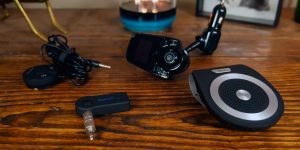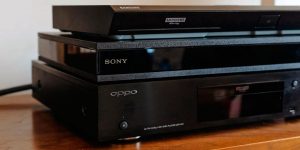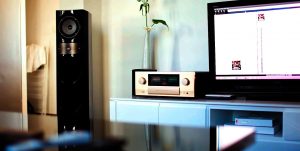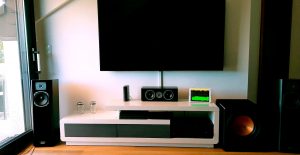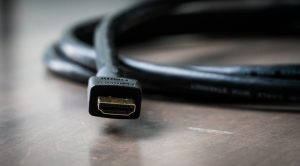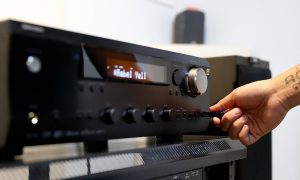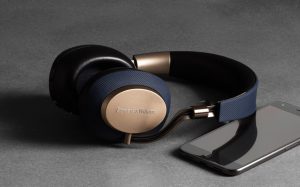A home stereo system usually comes with a built-in amplifier to power the system and control the speakers. You must connect an amplifier if you want to get more power, which allows you to use additional speakers. This setting can be used for a home stereo system, which is equipped with audio output jacks that provide a second cassette deck.The easiest way to set up a stereo system with two amplifiers is to use two amplifiers of the same manufacturer and model. This greatly reduces the likelihood that phase differences and ground loop problems between different types of amplifiers will lead to some difficulties.
Let’s set up the stereo amplifier in a few steps.
- Unplug the stereo and amplifier. This is very important for your safety.
- Connect the two connectors on one end of the cable to the left and right output jacks. They are fairly easy to find, as they are marked for the recorder in the home stereo system. The red plug must be connected to the right connector and the white plug to the left connector.
- Insert the plugs on the other end into the left and right audio inputs of the amplifier, respectively.
- Set the component selector on the home stereo system to tape 2 and install the amplifier component selector on the set of connectors that connect it to the home stereo system.
There are several ways to start the installation in stereo using only one stereo cabinet. One of them uses 1 stereo amplifier connected to a stereo 2×12 or 4×12 casing. It should be noted that amplifier systems can be used for various purposes and, therefore, can be installed in various configurations. One of the most common amplification methods is to connect the device to one microphone and output sound from powered speakers.
When an amplifier is connected, start adjusting it. First, find out which sound is perfect for your favorite soundtracks. To do this, turn on the music and slowly increase the gain until you hear distortion in your speakers. After you are done with volume, start tuning the frequencies. If you intend to use an amplifier with subwoofers, then you need to select a lowpass filter (labeled LPF), and if the amplifier will be used with speakers, select a high pass filter (labeled HPF). The next thing to do is boost the bass. Remember that before amplifying the bass boost, it is important to make sure you lower the gain. Now your amplifiers are tuned for the best sound!
We are supported by our audience. When you purchase through links on our site, we may earn an affiliate commission at no extra cost to you.
Our newsletter
* We will never send you spam or share your email with third parties

